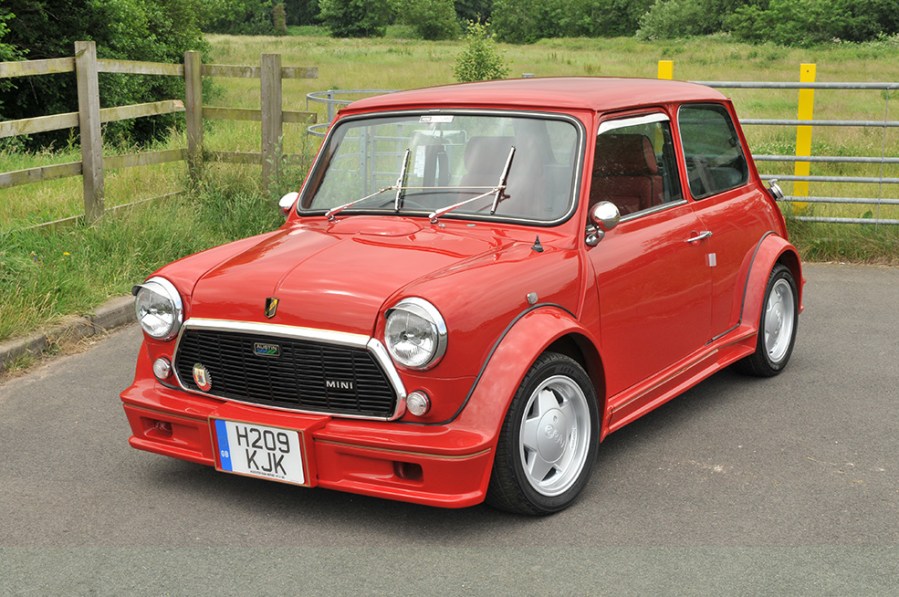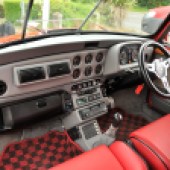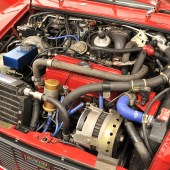We get behind the wheel of a real 1980s oddity – the Metro Turbo-engined ERA Mini Turbo
Over the years I’ve been working on classic car magazines I’ve been lucky enough to sample pretty much all of the cars I remember from 80s road tests but until now this one had eluded me: the ERA Mini Turbo.
The original English Racing Automobiles of motorsport fame was purchased by Zenith Carburettors in 1953 to become primarily its research and development arm and was eventually renamed Engineering Research & Application Ltd.
Having dabbled in race preparation, the company approached Austin Rover in 1988 with the idea of marketing a high-performance Mini to be designed and built by ERA.
The car was to be turbocharged but rather than engineer an add-on conversion, ERA proposed to simply install the factory turbocharged version of the 1275cc A-Series from the MG Metro Turbo. In tests this engine had been found to offer as much power as a hand-built race engine and ERA’s goal was to offer a car which could be serviced at any Rover dealer.
The brief was to deliver a car with performance capable of competing with the Peugeot 205 GTI, with ERA’s tests eventually proving that the best compromise was achieved by using the standard Metro Turbo engine but with modified boost curve, intercooler and oil cooler. The boost itself was limited to 7psi which restricted torque to 92lbf.ft, the end result being 94bhp at 6200rpm, with the ERA Mini Turbo sprinting to 60mph in 7.5 seconds and topping out at 110mph.
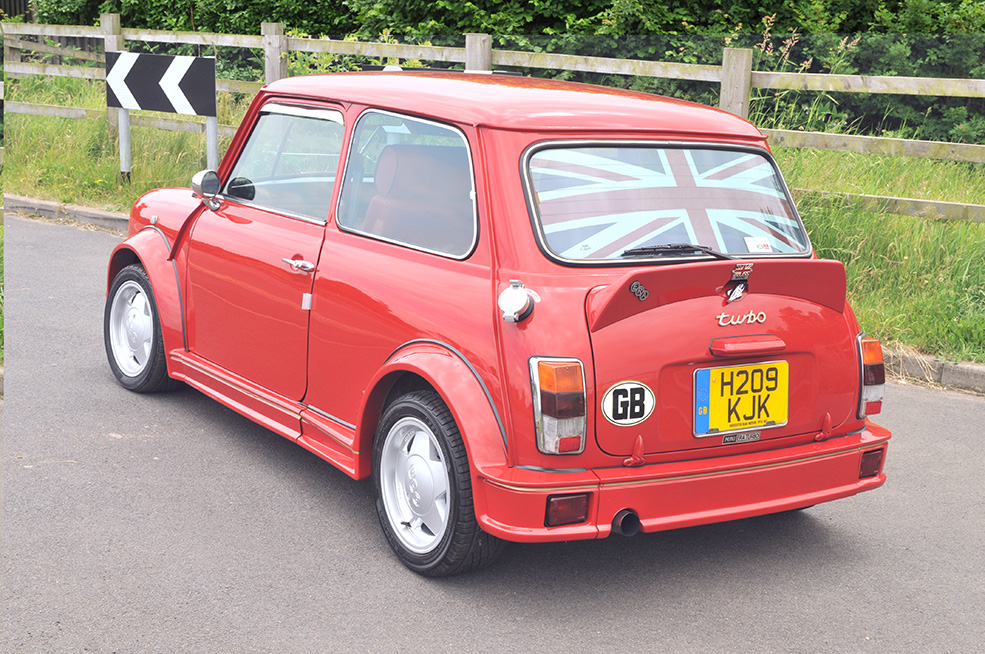
To handle the increased performance, the Mini was lowered by 15mm, a rear anti-roll bar was fitted and the geometry was changed significantly to reduce bump-steer and general nervousness, with adjustable dampers all round. The brakes were uprated by using the standard MG Metro Turbo calipers.
On the inside, the car received a hand-trimmed dash sporting a big array of VDO dials, together with a revised angle for the steering column. On the outside, it was equally outlandish, with a chunky bodykit covering the 6×13 ERA alloy wheels and a bonnet scoop concealing additional inlet holes.
ERA proposed to construct 500 cars but the price of £12,000 meant that production petered out after less than 500 examples had been completed. Back then Japan was going crazy for the Mini and that’s where most of them went, but like the MG RV8 a big number have since returned home.
This is one of them, it was residing at Worcester Road Motors near Kidderminster and as is the way with older cars from Japan, it’s clearly been cherished: the bodywork is pretty much like new, as is the interior. The car has covered just 36,000 miles in its 28 years and has picked up some superb and typically Japanese touches including an ‘England’ grille badge, a Union Jack rear window decal and the boot spoiler, an official Rover Japan accessory. It also features air conditioning, but quite how they found space in the crowded engine bay to squeeze it all in is a mystery.
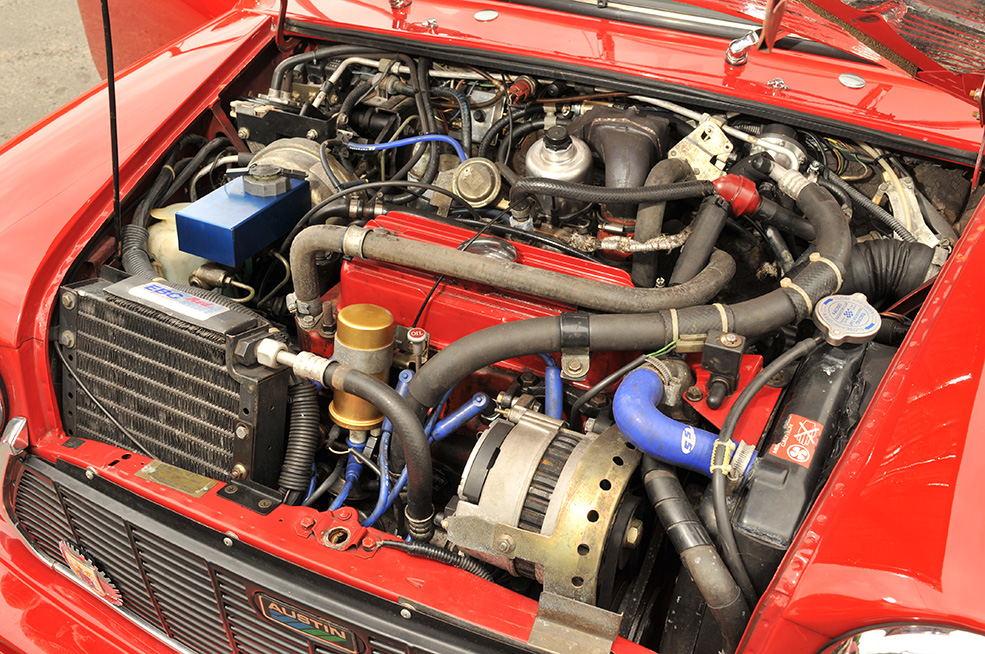 Climbing into the ERA is a mixture of familiar and strange – it’s a Mini alright, but not as you know it with that restyled dash and lacking the bus-driver steering wheel angle.
Climbing into the ERA is a mixture of familiar and strange – it’s a Mini alright, but not as you know it with that restyled dash and lacking the bus-driver steering wheel angle.
Moving off, the small Mountney wheel requires a fair bit of effort at parking speeds but as speed builds, it’s fine and the big surprise is that ERA’s chassis mods do make the car feel much les nervous than the usual modified Mini.
Similarly impressive is the turbo installation: ERA deliberately went for a factory-style performance, which means less power than most home-brewed Mini turbo conversions but also means a much smoother power delivery. In fact the car feels much like a standard Metro Turbo under acceleration and with its go-kart feel is quite simply great fun.
ERA Mini Turbo: our verdict
It’s rarer than any Mk1 Cooper you might stumble across in a dusty barn and is also very usable. For Mini fans the ERA car – being a semi-official Rover product – is something of a Holy Grail and they simply don’t come up for sale very often.

